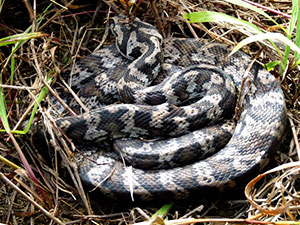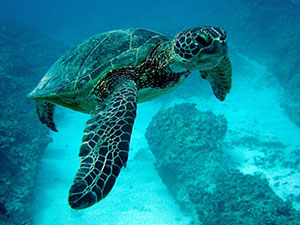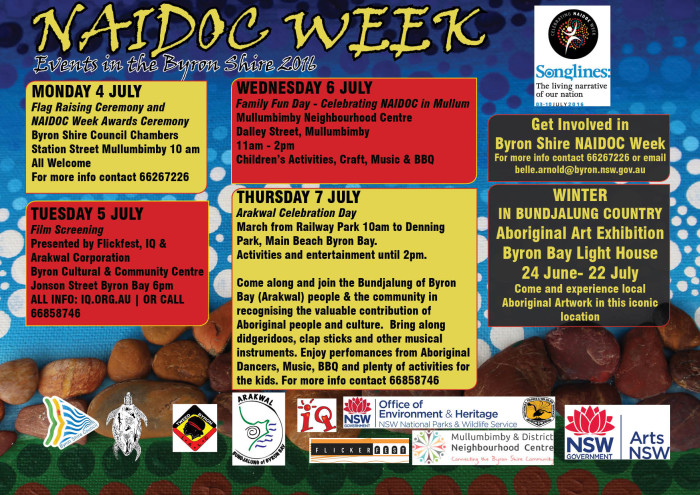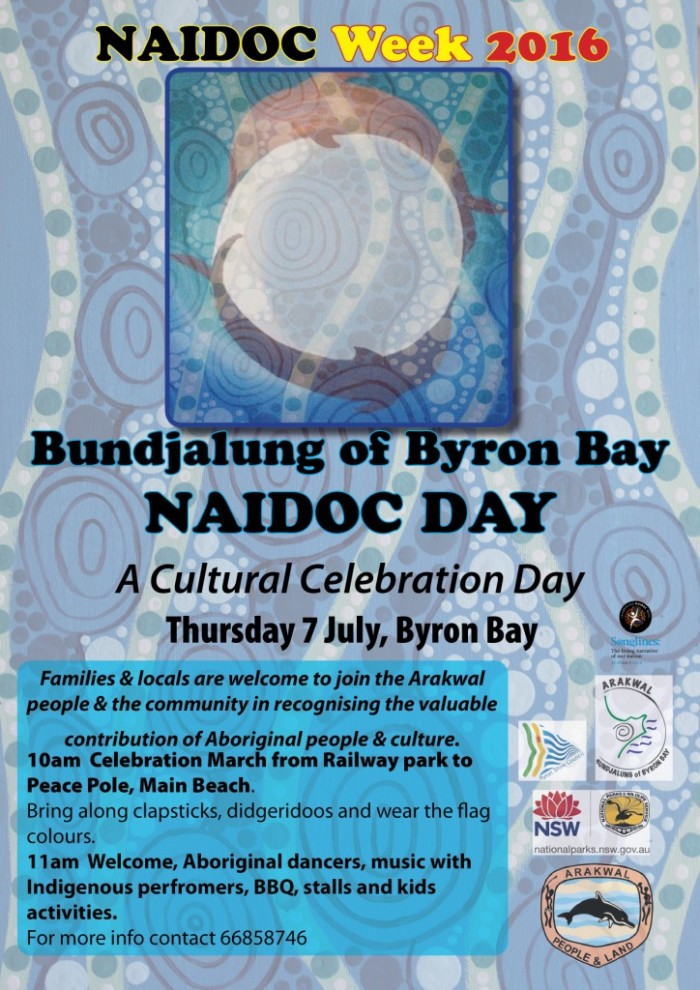A totem is an animal, plant, another natural object like rock, river or tree that is connected to a person ancestrally. It can have an emblem such a wooden pole or decorated object to represent it. Much of our art is connected to and reflects the power of totems and how they are connected together in the story of life.
 A totem connects us to Country, to each other and the Dreaming. In nature all creatures and objects have their place and importance, and so do we in our community and in our relationship to Country. By being connected to totems and what they represent we individually and collectively share responsibility for each other and Country. In this way we each make sure that we don’t do wrong by Country, that we look after Country, and it will look after us.
A totem connects us to Country, to each other and the Dreaming. In nature all creatures and objects have their place and importance, and so do we in our community and in our relationship to Country. By being connected to totems and what they represent we individually and collectively share responsibility for each other and Country. In this way we each make sure that we don’t do wrong by Country, that we look after Country, and it will look after us.
There are totems that link us together as women and as men, as a clan or land-connected unit, and as a bigger tribe of people living in Country. Wajung, the dolphin, is the totem of the Arakwal women, and Miwing, the sea-eagle is the men’s totem, and our clan totem is Kabul, the carpet snake. We are the carpet snake people.
Each of us is given an individual totem that we need to learn about and understand, and help protect and maintain for the future.In this way we all play our part in respecting and caring for Country.
We have used some of our key totems as messengers on the website to introduce our culture and explore Country. Below is some information about them. An abridged version of this information is used for scroll-overs linked to main page headings of this website.
Carpet Snake (Kabul)

Carpet Snake (Morelia spilota) as one of our key totems symbolises the relationship of clan members to each other, to our ancestors and the past, and to particular places or sites. Carpet snakes are important to us for their conservation, wild resource and other cultural values.
Kabul is not venomous despite its ability to reach up to 3.5metres in length! You can recognize
Kabul by its thick body and its skin pattern of yellow and black patches. If you see one in gardens or in the bush, admire its beauty and leave it alone as it is special to us.

Bottlenose Dolphin (Tursiops aduncus) is an important totem for our people, especially our women.
Wajung gives us messages about relationships between our clan members, to our ancestors and the past, and also to particular places and sites in our Country. We have stories of our people and dolphins communicating and connecting with each other, including co-operative fishing, sharing resources from the ocean, and playing in the shallows. There are around 1000 resident and transient Bottlenose dolphins using waters surrounding Byron Bay to feed, play and breed. They can live for over 50 years, so many of them know the sea country well! You can spot
Wajung most days from Cape Byron Headland (Walgun), The Pass and other beaches as they surf the waves of the Bay, and swim along the coast and into estuaries to feed and explore in their ‘pods’ or social groups.
Sea Eagle (Miwing)

White Breasted Sea Eagle (Haliaetus leucogaster) is an important totem for us, especially our men. Miwing gives us messages about clan and family groups, provides knowledge on hunting practices and environmental events on Country. The second largest raptor (bird of prey), you can see majestic Miwing soaring above you as you walk along Tallow Beach or around the Cape. Miwing forages in creeks and adjacent coast for eels, fish, sea snakes, crustaceans, small birds and mammals. Keep your eye out for Miwing’s nest – a large pile of sticks either on the ground, in a prominent tree, or on the coastal cliffs.
Brush Turkey (Wollum)

Brush Turkey (Alectura lathami) is a messenger providing clues about and demonstrating knowledge and adaptability in knowing and using Country. Wollum likes to live and move freely in the coastal bush, foraging through leaf litter for fruits, seeds and small animals to eat. The male builds large mounds out of vegetative material and uses it to incubate their eggs. They also live and scavenge in many urban backyards and picnic spots around Byron Bay (Cavanbah) so you might see them anywhere!
Pied Oystercatcher: (Bijahlin)

Pied Oystercatcher (Haematopus longirostris) is an important bird to us because they provide messages about food sources and environmental events in Country. The Pied forages on the beaches and rocky shores, in mudflats of inlets, bays, ocean beaches, and on the offshore islets. What a striking bird they are with their long orange beak, black and white body, and their piercing call when they are disturbed and fly off from where they are foraging. The Pied is classified as an endangered species of NSW with only a relatively small number of breeding pairs. Belongil Spit is an important nesting site for the Pied, and chicks and fledglings can be spotted there.
Turtle (Binguing)

Turtle (Chelonia species) is an important messenger that provides knowledge of the sea Country. Binguing nests on north coast beaches including Tallow Beach and Lennox Heads to the south. Julian Rocks (Nguthungulli) supports significant populations of the Binguing and if you go snorkeling or diving there, you can have a close encounter with these graceful creatures. Surfers and swimmers as well as those visiting the Cape often catch a glimpse of Binguing coming to the surface for air in the Bay. Binguing should be respected, and are classified as a vulnerable species in NSW.
 A totem connects us to Country, to each other and the Dreaming. In nature all creatures and objects have their place and importance, and so do we in our community and in our relationship to Country. By being connected to totems and what they represent we individually and collectively share responsibility for each other and Country. In this way we each make sure that we don’t do wrong by Country, that we look after Country, and it will look after us.
A totem connects us to Country, to each other and the Dreaming. In nature all creatures and objects have their place and importance, and so do we in our community and in our relationship to Country. By being connected to totems and what they represent we individually and collectively share responsibility for each other and Country. In this way we each make sure that we don’t do wrong by Country, that we look after Country, and it will look after us.





 NAIDOC Week 2016
NAIDOC Week 2016 NAIDOC Program
NAIDOC Program Cultural Celebration
Cultural Celebration